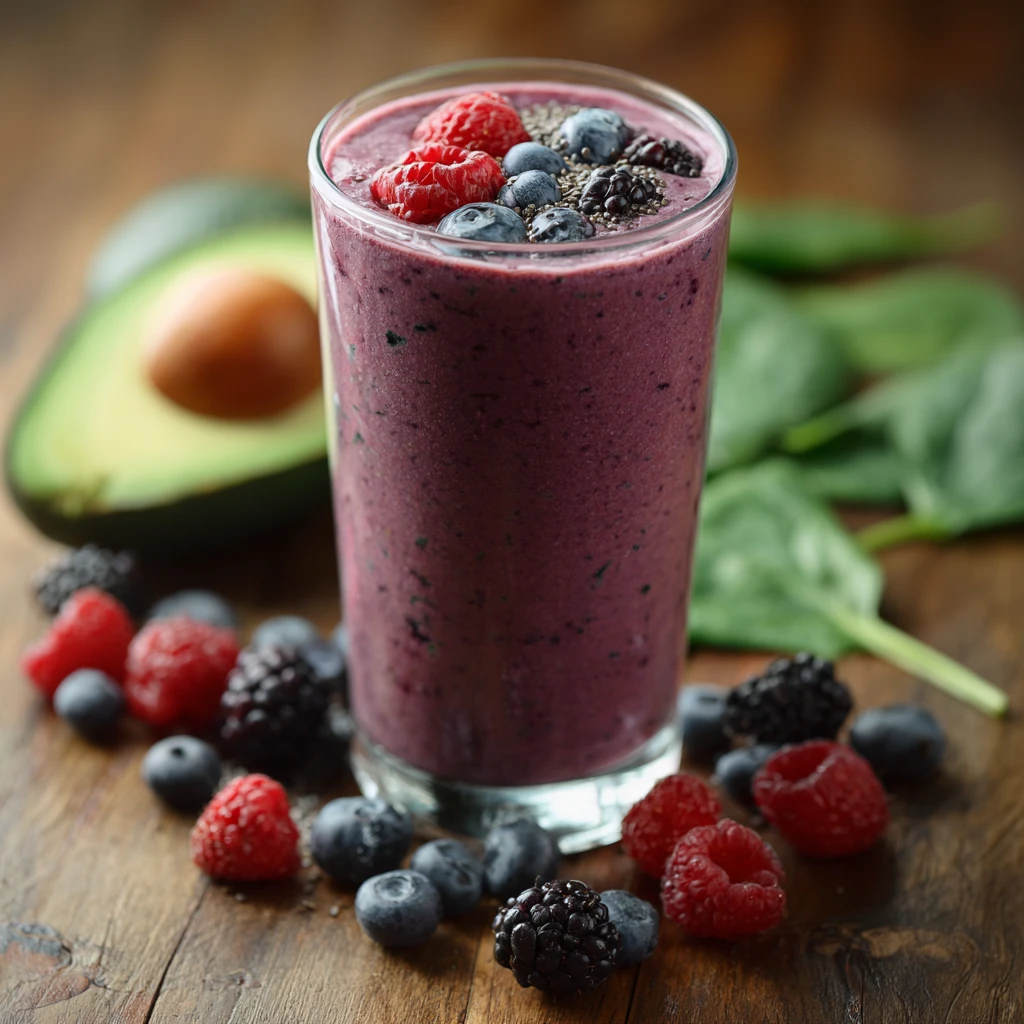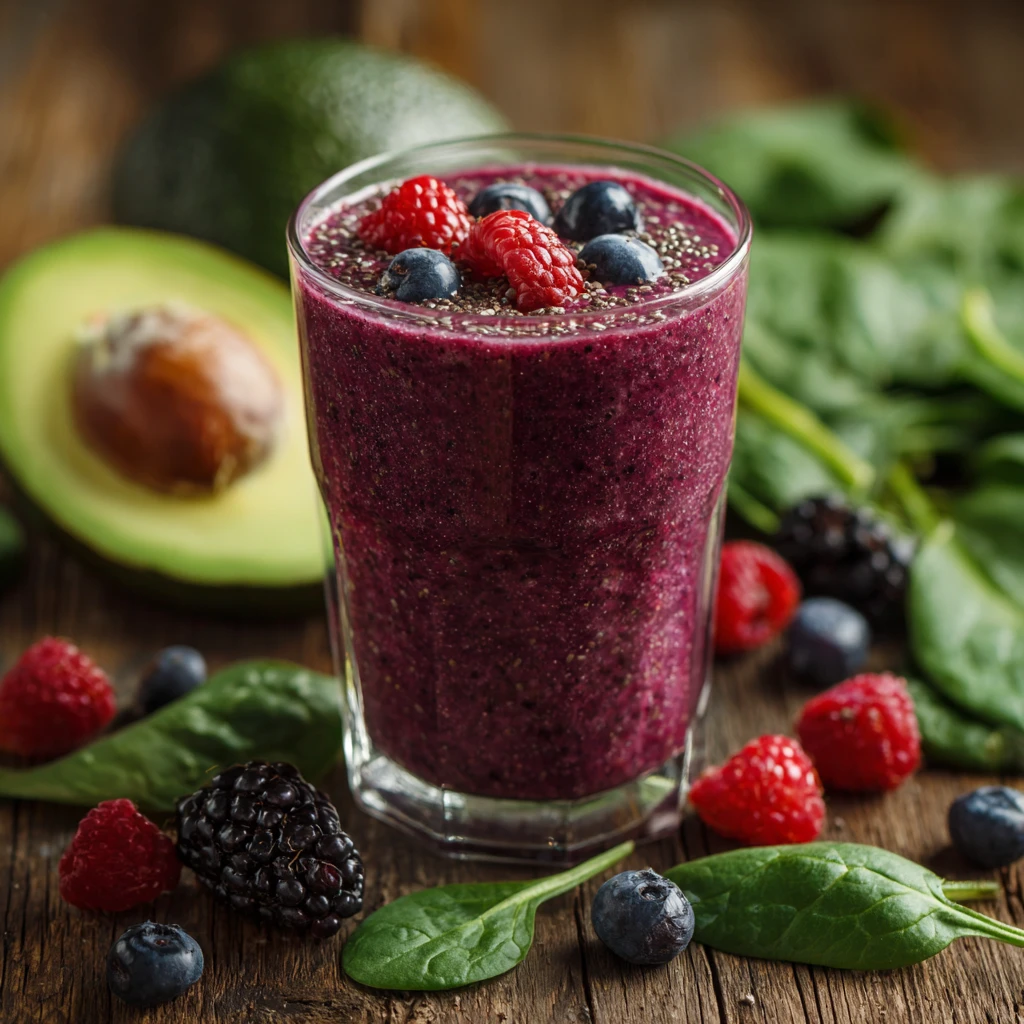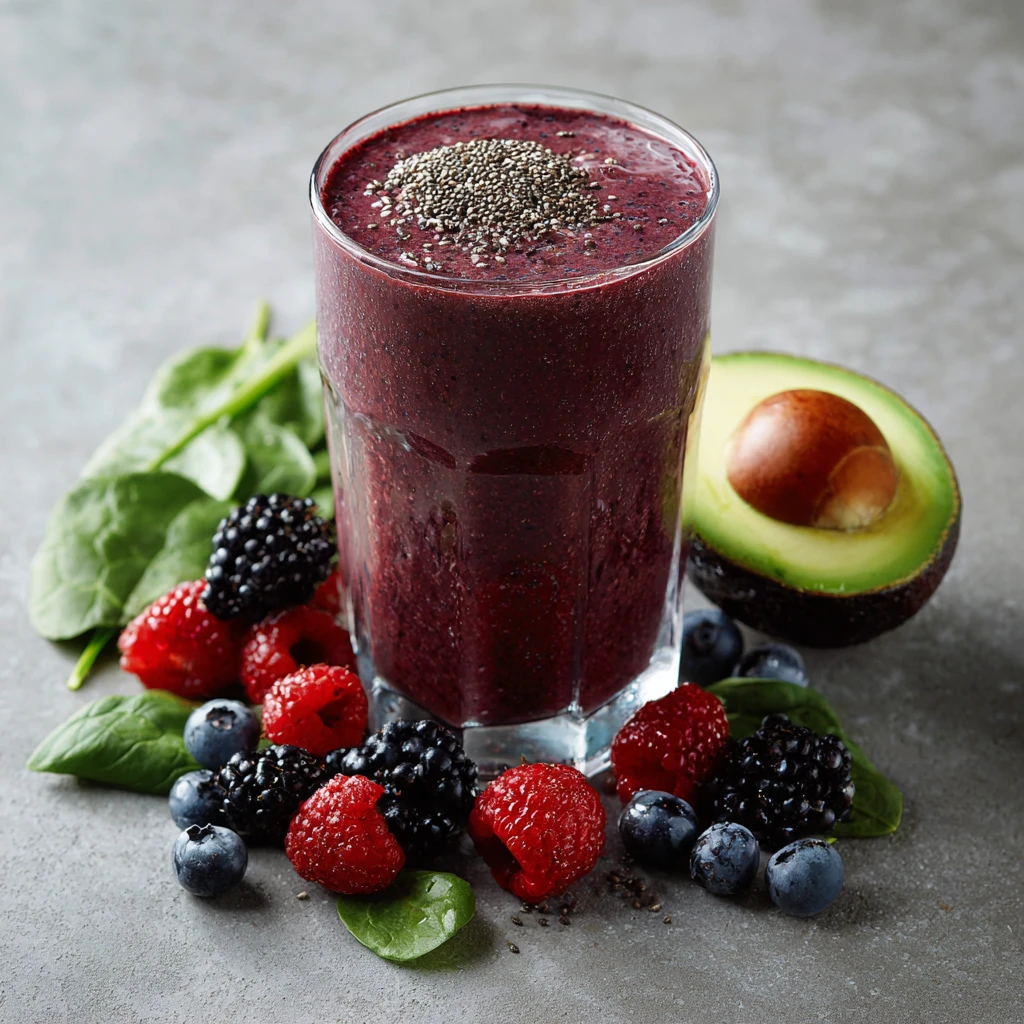Top 10 High-Fiber Foods to Keep You Full
Feeling hungry all the time? Fiber could be the key to feeling satisfied and energized throughout the day. Dietary fiber, a type of carbohydrate that your body can’t digest, plays a crucial role in weight management, digestion, and overall health. It adds bulk to your diet, making you feel fuller for longer and helping regulate blood sugar levels. Let’s explore ten fiber-rich foods that can help you curb those cravings and stay full.

Understanding Fiber and Its Benefits
Before diving into the list, let’s understand why fiber is so important. Fiber is categorized into two types: soluble and insoluble. Soluble fiber dissolves in water to form a gel-like substance, which helps lower cholesterol and stabilize blood sugar. Insoluble fiber adds bulk to the stool, promoting regularity and preventing constipation.
Beyond satiety, fiber offers a range of health benefits, including:
- Improved Digestion: Fiber promotes healthy bowel movements and prevents digestive issues like constipation and diverticulitis.
- Weight Management: Fiber helps you feel full with fewer calories, aiding in weight loss or maintenance.
- Blood Sugar Control: Soluble fiber slows down the absorption of sugar, helping to regulate blood sugar levels and prevent spikes.
- Cholesterol Reduction: Soluble fiber can help lower LDL (bad) cholesterol levels, reducing the risk of heart disease.
- Gut Health: Fiber feeds beneficial gut bacteria, promoting a healthy gut microbiome and boosting overall health.
Aim for at least 25-30 grams of fiber per day. Now, let’s explore those top high-fiber foods.
Top 10 High-Fiber Foods
Here are ten excellent sources of fiber that you can easily incorporate into your diet:
1. Beans and Legumes: The Fiber Powerhouses
Beans are nutritional superstars, packed with protein, fiber, and essential nutrients. Kidney beans, black beans, lentils, and chickpeas are all excellent choices.
- Fiber Content: 1 cup of cooked black beans provides approximately 15 grams of fiber.
- How to Enjoy: Add beans to soups, salads, stews, or make a delicious bean dip.
2. Berries: Sweet and Fiber-Rich
Berries are not only delicious but also a great source of fiber and antioxidants. Raspberries, blueberries, strawberries, and blackberries are all excellent choices.
- Fiber Content: 1 cup of raspberries provides about 8 grams of fiber.
- How to Enjoy: Enjoy berries as a snack, add them to yogurt or oatmeal, or blend them into smoothies.
3. Avocados: The Creamy Fiber Source
Avocados are known for their healthy fats, but they’re also a surprisingly good source of fiber.
- Fiber Content: Half an avocado provides around 7 grams of fiber.
- How to Enjoy: Add avocado to salads, sandwiches, toast, or make guacamole.
4. Popcorn: A Whole Grain Snack
Popcorn is a whole grain snack that’s naturally high in fiber. Opt for air-popped popcorn without excessive butter or salt.
- Fiber Content: 3 cups of air-popped popcorn provide approximately 4 grams of fiber.
- How to Enjoy: Season air-popped popcorn with spices, herbs, or nutritional yeast for a flavorful and healthy snack.
5. Nuts and Seeds: Nutrient-Dense Fiber
Nuts and seeds are packed with fiber, healthy fats, and other essential nutrients. Almonds, chia seeds, flaxseeds, and sunflower seeds are all great options.
- Fiber Content: 1 ounce of chia seeds provides about 10 grams of fiber.
- How to Enjoy: Add nuts and seeds to yogurt, oatmeal, salads, or smoothies.
6. Oats: A Heart-Healthy Grain
Oats are a versatile grain that’s high in soluble fiber, which helps lower cholesterol.
- Fiber Content: 1/2 cup of dry oats provides approximately 4 grams of fiber.
- How to Enjoy: Enjoy oatmeal for breakfast, add oats to baked goods, or use them as a binder in meatloaf.
7. Apples and Pears: Fiber-Rich Fruits
Apples and pears are good sources of fiber, especially when eaten with the skin on.
- Fiber Content: One medium apple with the skin provides around 4 grams of fiber.
- How to Enjoy: Enjoy apples and pears as a snack, add them to salads, or bake them into desserts.
8. Broccoli: A Cruciferous Vegetable
Broccoli is a nutrient-dense vegetable that’s high in fiber, vitamins, and minerals.
- Fiber Content: 1 cup of chopped broccoli provides about 2.5 grams of fiber.
- How to Enjoy: Steam, roast, or stir-fry broccoli, or add it to soups and salads.
9. Brussels Sprouts: Mini Cabbage with Big Benefits
Brussels sprouts are another cruciferous vegetable that’s high in fiber and nutrients.
- Fiber Content: 1 cup of cooked Brussels sprouts provides approximately 4 grams of fiber.
- How to Enjoy: Roast, steam, or sauté Brussels sprouts, or shred them and add them to salads.
10. Sweet Potatoes: A Versatile Root Vegetable
Sweet potatoes are a good source of fiber, vitamins, and antioxidants.
- Fiber Content: One medium sweet potato with the skin provides around 4 grams of fiber.
- How to Enjoy: Bake, roast, or mash sweet potatoes, or use them in soups and stews.
Incorporating High-Fiber Foods into Your Diet
Increasing your fiber intake is generally beneficial, but it’s essential to do it gradually to avoid digestive discomfort. Here are some tips for incorporating more high-fiber foods into your diet:
- Start Slowly: Gradually increase your fiber intake over a few weeks to give your digestive system time to adjust.
- Drink Plenty of Water: Fiber absorbs water, so it's important to drink plenty of fluids to prevent constipation.
- Read Food Labels: Pay attention to the fiber content of packaged foods and choose options with higher fiber levels.
- Add Fiber to Meals: Sprinkle flaxseeds or chia seeds on yogurt or oatmeal, add beans to soups and salads, or snack on fruits and vegetables.
- Choose Whole Grains: Opt for whole grain bread, pasta, and cereals over refined grains.
Potential Side Effects and Considerations
While fiber offers numerous health benefits, consuming too much too quickly can lead to side effects such as:
- Gas and Bloating: Increased fiber intake can cause gas and bloating, especially if you're not used to eating a lot of fiber.
- Constipation: While fiber typically prevents constipation, it can actually cause constipation if you don't drink enough water.
- Nutrient Absorption: Very high fiber intake may interfere with the absorption of certain nutrients.
If you experience any of these side effects, reduce your fiber intake and gradually increase it again as your body adjusts. If you have any underlying health conditions, it’s always a good idea to consult with your doctor or a registered dietitian before making significant changes to your diet.
High-Fiber Meal Ideas for Satiety
Here are a few meal ideas to get you started on your high-fiber journey:
- Breakfast: Oatmeal with berries, nuts, and seeds
- Lunch: Lentil soup with whole grain bread
- Dinner: Black bean burgers on whole wheat buns with a side salad
- Snacks: Apple slices with almond butter, air-popped popcorn, or a handful of nuts
By incorporating these high-fiber foods into your diet, you can improve your digestion, manage your weight, and feel fuller and more energized throughout the day. Remember to increase your fiber intake gradually and drink plenty of water to avoid any digestive discomfort.

Frequently Asked Questions (FAQs)
Q: How much fiber should I eat per day?
A: The recommended daily fiber intake is 25-30 grams.
Q: What are the best high-fiber breakfast options?
A: Oatmeal, whole grain cereal with berries, and chia seed pudding are all excellent high-fiber breakfast choices.
Q: Can too much fiber be harmful?
A: Yes, consuming too much fiber too quickly can lead to gas, bloating, and constipation.
Q: How can I increase my fiber intake without causing digestive issues?
A: Increase your fiber intake gradually over a few weeks, and drink plenty of water.
Q: Are there any foods that block fiber absorption?
A: No, there are no foods that block fiber absorption. However, certain medications may interfere with fiber absorption.
Q: What are the benefits of soluble vs. insoluble fiber?
A: Soluble fiber helps lower cholesterol and stabilize blood sugar, while insoluble fiber promotes regularity and prevents constipation.
Q: Can fiber help with weight loss?
A: Yes, fiber can help with weight loss by making you feel fuller for longer and reducing calorie intake.
Q: What are some easy ways to add fiber to my meals?
A: Add beans to soups and salads, sprinkle flaxseeds or chia seeds on yogurt or oatmeal, or snack on fruits and vegetables.



